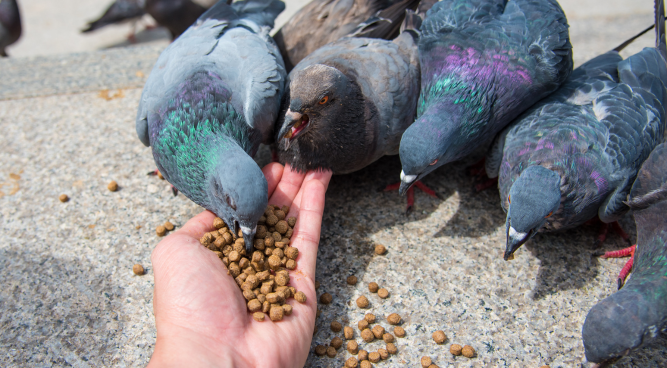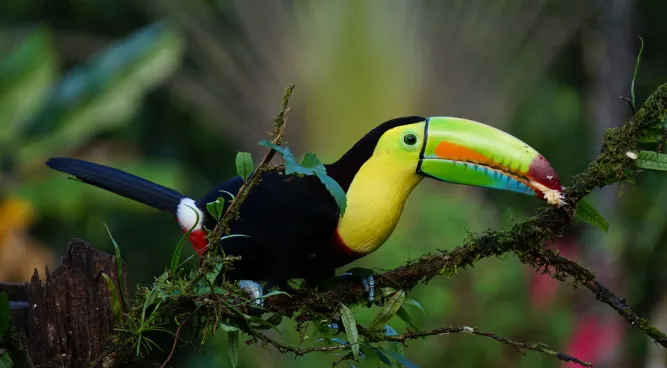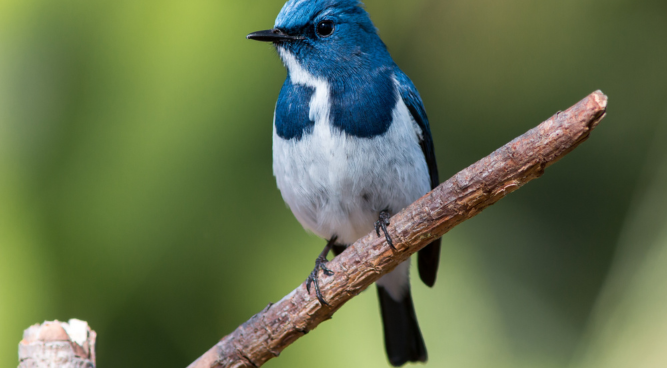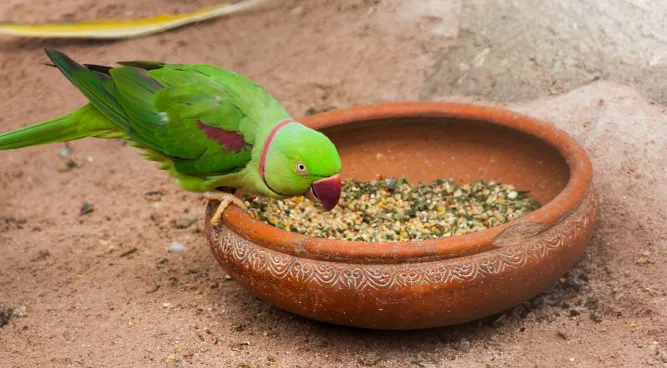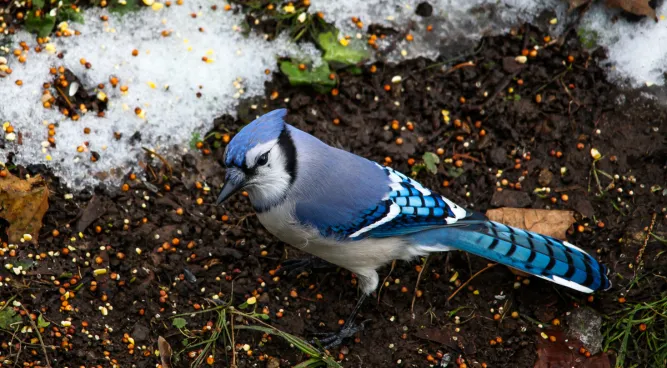Sunflower Hearts for Birds: The Best Bird Food for Your Garden

Table of Contents
For any gardener who wants to invite more feathered friends into their outdoor space, putting out Sunflower Hearts for Birds Food is an excellent strategy. But with so many options on the market, from mixes to suets to seed cylinders, it can be tricky to know what food will attract the widest variety of birds. This is where sunflower hearts come in. Offering proven benefits that other foods can’t match, sunflower hearts are hands-down the best bird food you can add to your garden.
What are Sunflower Hearts for Birds?
Sunflower hearts, also called sunflower chips, are shelled sunflower seeds with the outer hull removed. While unshelled sunflower seeds can attract larger birds, sunflower hearts are ideal for small-beaked birds like finches, chickadees, nuthatches, and titmice who have more difficulty cracking outer hulls.
Sunflower hearts provide an excellent balance of protein, healthy fats, vitamins, minerals, and antioxidants. They give birds long-lasting energy without excess fillers. Compared to mixed birdseed, they also cut down on unwanted waste on the ground since they don’t have shells or debris that gets tossed aside.
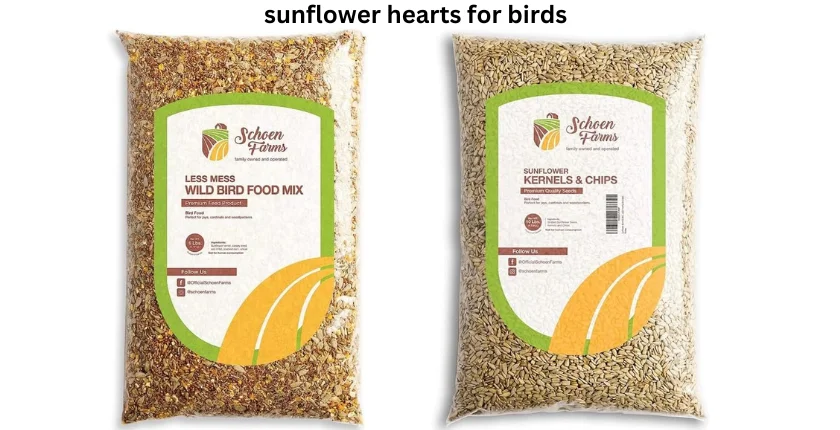
Why are Sunflower Hearts Good for Birds?
There are several key reasons why sunflower hearts make a top-notch bird food:
- High in calories: Sunflower hearts are loaded with fat and protein to help birds survive cold winters and long migrations. The calories also help parent birds feed their chicks.
- Healthy fat profile: The fats in sunflower hearts are largely unsaturated, offering cardiovascular benefits.
- Essential nutrients: Sunflower hearts provide vitamins, minerals, amino acids, and phytochemicals important for avian health.
- Pure and clean: With no fillers, shells, or debris, birds get maximum nutrition from clean sunflower hearts.
- Convenient size: The small size makes sunflower chips easy for small birds to eat.
What Birds Eat Sunflower Hearts?
Many common backyard birds relish sunflower hearts, including:
- Chickadees, nuthatches, and titmice
- Finches like goldfinches, purple finches, and house finches
- Jays
- Cardinals
- Woodpeckers
- Doves and quail
- Crows and ravens
- Tanagers and grosbeaks
- Warblers
- Sparrows
Offering sunflower hearts can also attract less common birds like redpolls, pine siskins, and bluebirds to your yard.
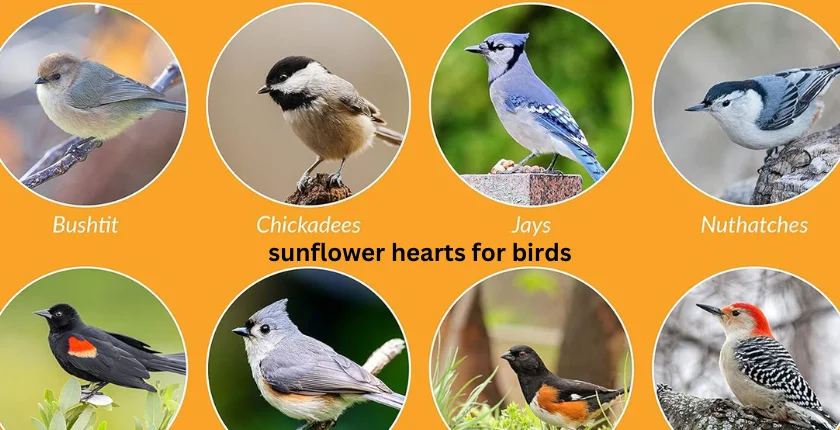
How to Feed Sunflower Hearts to Birds
To fully benefit from Sunflower Hearts for Birds, the key is offering them in ways that birds can easily access:
- Use tube feeders designed for smaller seeds, with short perches and small ports. This allows birds to nibble without waste.
- Platform feeders or hopper feeders with trays also work well.
- Try scattering some hearts directly on the ground for ground-feeding birds.
- Mix hearts with other foods like millet, cracked corn, peanuts, and fruit.
- Provide hearts year-round, but increase availability in winter when food is scarcest.
Tips for Attracting Birds With Sunflower Hearts
To get the most out of your sunflower hearts, keep these tips in mind:
- Place feeders in sheltered spots near trees or shrubs so birds have cover.
- Clean feeders regularly to prevent mold and disease.
- Provide fresh water for drinking and bathing.
- Let grasses and native plants go to seed for natural food sources.
- Avoid pesticides which can sicken birds.
- Limit bird competition by spacing feeders apart.
- Be patient, as it may take time for birds to find the feeders.
Related Post Can Dogs Eat Spam
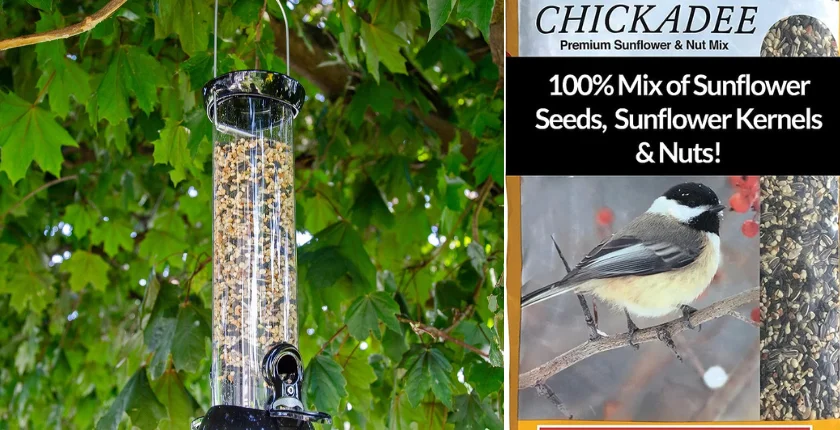
Final Thought on Sunflower Hearts for Birds
For any birder wanting to bring more colorful birds up close, sunflower hearts are sure to be a crowd-pleaser. As a top source of energy and nutrition, sunflower hearts help birds thrive across seasons. Their pure, waste-free form makes them the ultimate convenience food. While excellent on their own, mixing with other foods like fruit or peanuts can increase interest. Providing hearts in an optimal way will satisfy resident birds and likely attract new species too. When it comes to birdseed, sunflower hearts are a clear winner, deserving of a spot in every backyard feeder.
FAQs about Sunflower Hearts for Birds
Why are sunflower hearts better than regular sunflower seeds?
Sunflower hearts have the shell removed, making them easier for small birds to eat. Birds don’t have to work as hard to crack open shells. Shells can also litter the ground under feeders.
Should I offer anything besides sunflower hearts?
While sunflower hearts make a great base, offering some other foods can attract a wider diversity of birds. Mix in some millet, nyjer seed, peanuts, suet, fruit, or nut pieces.
How often should I replenish sunflower hearts?
Check feeders daily and refill anytime seeds are low. Birds often eat most actively in the morning, so topping off feeders in the afternoon helps ensure an ample supply.
Will leaving the hulls attract rodents?
Exposed sunflower hearts do carry a small risk of attracting squirrels or rats. Try using “squirrel buster” feeders that have close access when squirrels climb on them. Also, sweep up any hulls below the feeder daily.
Is there a cheaper alternative to store-bought hearts?
You can save money by buying whole sunflower seeds in bulk and shelling them yourself. Use pliers or a nutcracker to remove the hulls. It’s more labor intensive but costs less.

